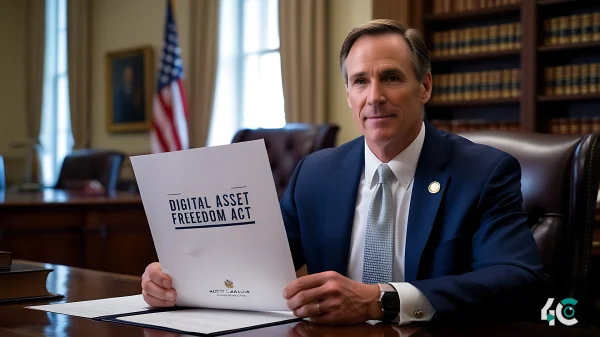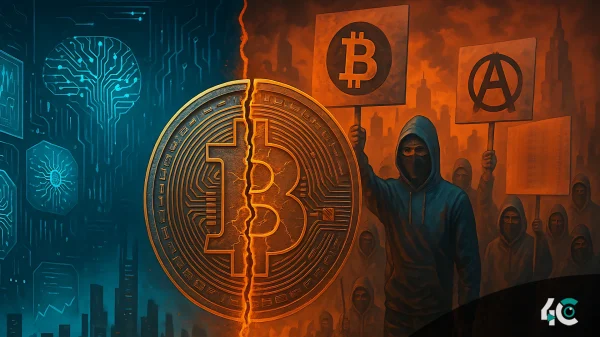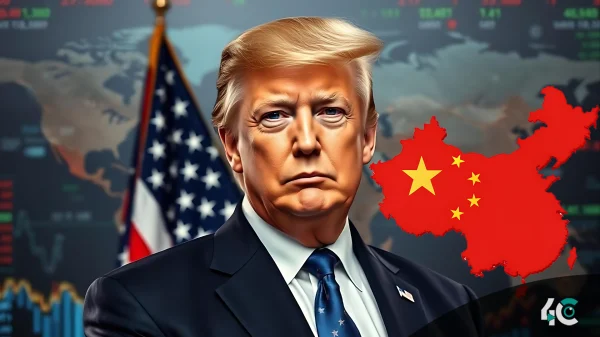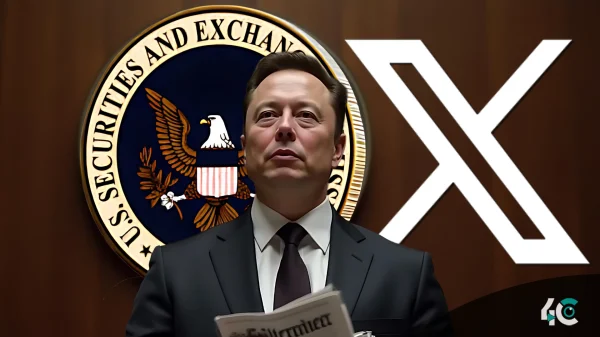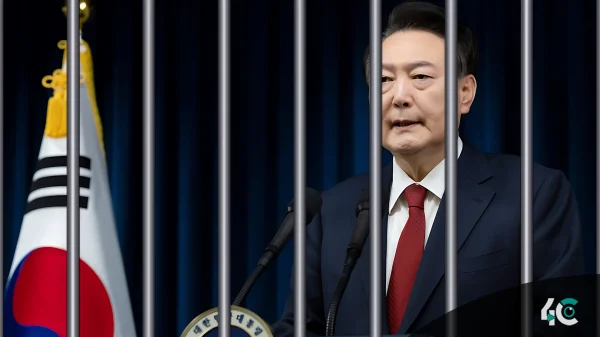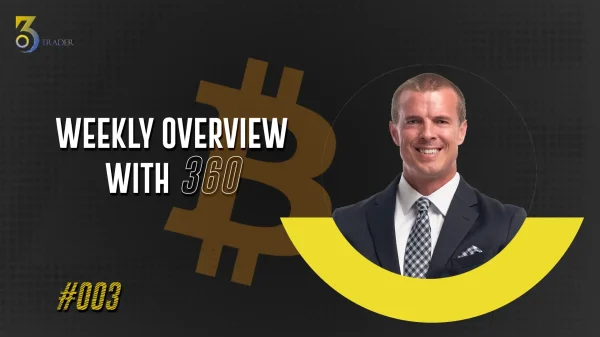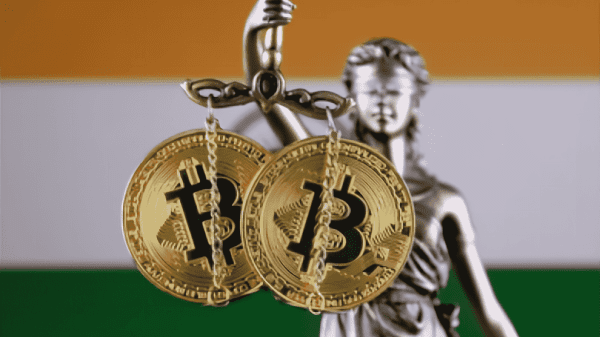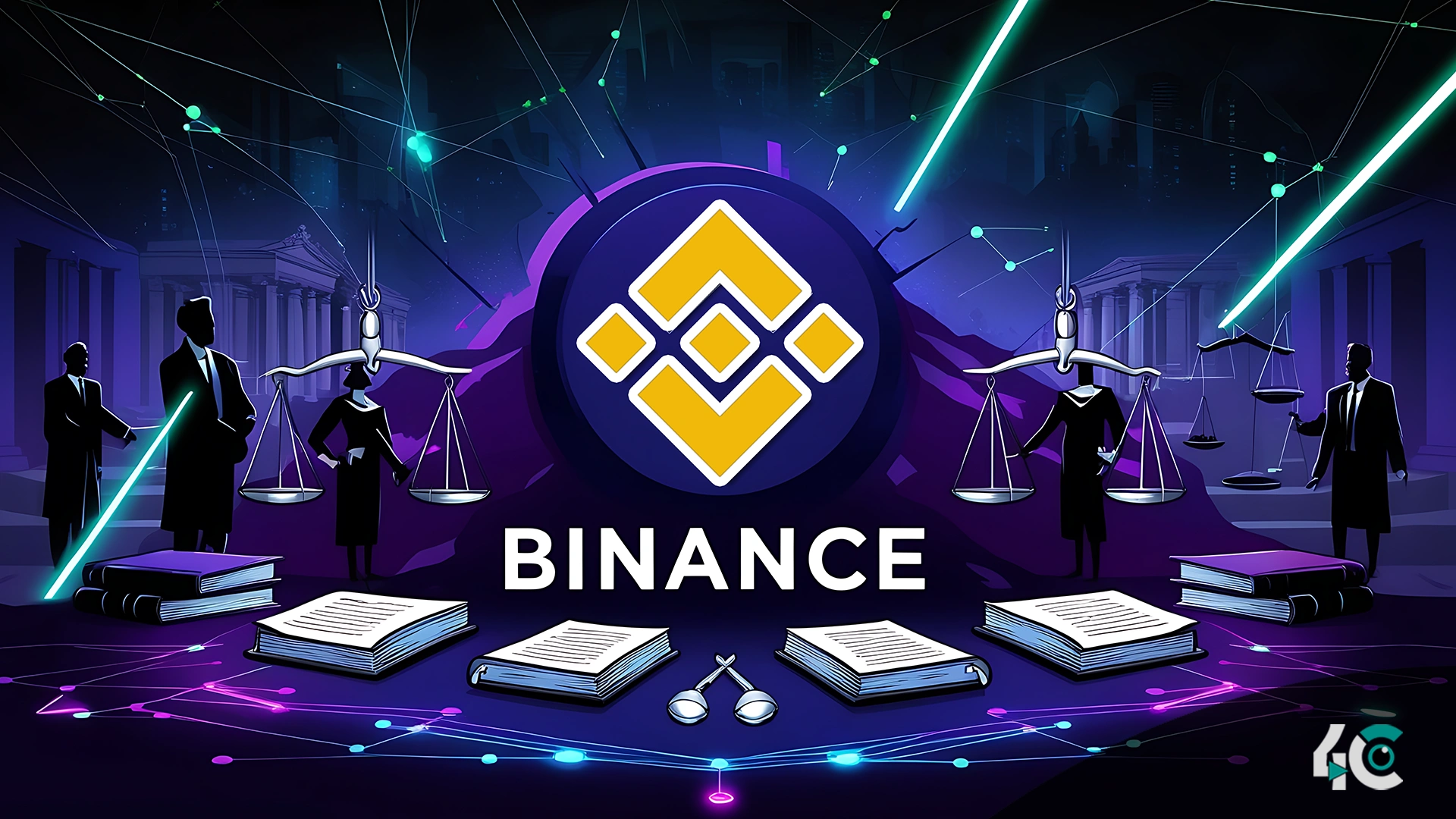Binance, the world’s biggest cryptocurrency exchange, is at the center of a legal battle that could impact the entire crypto industry. With regulators’ increasing scrutiny, the outcome of this case may shape the future of digital asset exchanges.
The Rise of Binance.
Changpeng Zhao, commonly known as CZ, founded Binance in 2017. Since its inception, Binance has been a user-friendly platform with a huge range of cryptocurrencies and low trading fees. In no time, it became the favorite platform of millions of traders across the globe. Binance was valued at over $300 billion at its peak, making it the most valuable crypto exchange in the world.
However, not everything was right about the Binance rise. Because of its decentralized structure and lack of a fixed headquarters, it was able to get away with operating in a regulatory grey area and offering services in zones where crypto exchanges were banned or were heavily restricted. Though this strategy helped it grow, regulators became interested, suggesting the company was avoiding compliance issues.
The Regulatory Crackdown.
In the last 2 years, several countries, like the US, UK, Japan, India, and Singapore, have launched investigations or actions against Binance. According to these two petitions, the company did not put adequate anti-money laundering (AML) systems in place. Further, it didn’t register with local authorities and allowed for tax evasion and sanction violations.
The U.S. is a highly prominent case. The Department of Justice (DOJ) is probing Binance for violations of money-laundering laws. Federal prosecutors are reportedly weighing criminal charges against senior executives like CZ and more. If found guilty, Binance can pay hefty penalties, while important people in the company could face imprisonment.
Similarly, European regulators have taken decisive action. In 2021, the FCA ordered Binance Markets Limited to cease all regulated activities in the UK.
Many other countries stepped in and banned or limited the site. Even blockchain-friendly countries like Singapore have tightened their regulations regarding Binance.
The latest events showed that governments will not allow unregulated entities to work in or exploit loopholes in their financial systems anymore. This is a significant development for Binance as it struggles to transition from an upstart to a global giant.
Challenges Facing Binance.
Binance faces a lot of hurdles as the lawsuit drags on.
Once a star, now being tarnished by the regulator’s repeated clashes, Binance has lost its shine. Log in to view more. Users are losing faith in Binance, and its competitors are effectively marketing themselves as safe options.
Binance is running into rules that differ from one place to another, and the rules are getting stronger in important markets. This makes it harder to offer steady services worldwide and puts its earnings at risk.
Due to his leadership style, the CEO of Binance, CZ, has come under fire. Critics say he focused on growth over compliance, thereby leaving Binance open to legal action from regulators. CZ’s and Binance’s future may depend on whether charges are brought against him.
For Binance’s survival, in improving its compliance infrastructure, heavy investment and use of advanced technology will be needed. Barriers to entry for new competitors to deter them from entering the industry.
What’s Next for Binance?
Although facing increasing pressure, Binance still stands strong in the cryptocurrency realm. Given its substantial resources and loyal user base, it has some breathing space for adaptation. Here are three possible scenarios for what lies ahead.
1. Full Compliance and Rebranding.
Binance may change direction to a compliant entity with global regulators. It would mean setting up regional headquarters, getting the licenses and working with authorities. To fix its image, it would need to make big operational changes and do some rebranding. Nevertheless, regulation could ensure the long-term survival of Binance.
2. Decentralization and Innovation.
Binance has another option to go for double decentralization. One way the exchange can reduce its reliance on centralized operations, which regulators disapprovingly frown upon, is to move more of them to DeFi. Initiatives such as Binance Smart Chain already signal a move toward this path, but they, too, grapple with transparency and oversight hurdles.
3. Breakup or Sale.
If legal pressures become insurmountable, Binance may sell pieces of its business or split into smaller regional companies. This plan would help it reduce its risks while still being relevant in important markets. A complete sale of the company is also a possibility, following Sam Bankman-Fried’s departure from FTX prior to its collapse.
Broader Implications for the Crypto Industry.
A cautionary tale for the crypto industry is Binance’s fate. The situation demonstrates the conflict between innovation and regulation. It also reveals what happens when you operate outside of the necessary regulations. Some feel the action spells the end for crypto’s spirit of decentralization, while others feel it could give legitimization to the sector.
The challenge for regulators is striking the right balance between innovation and protecting consumers. Strict rules hurt the world of technology, but being too loose gives abuse. The consequences faced by Binance may impact the compliance strategies of other exchanges and crypto projects in the future.
Conclusion.
The ongoing lawsuit against Binance marks a turning point in the cryptocurrency industry’s transformation. What Binance does in the next few months will help shape digital finance. Binance must find a way to get through difficult regulations while still doing its crypto mission, either through compliance, innovative changes, or restructuring the company.
For now, there is no doubt that the world is closely observing Binance. The saga of Binance is not yet complete, and its resolution will echo through the crypto world for years to come.










